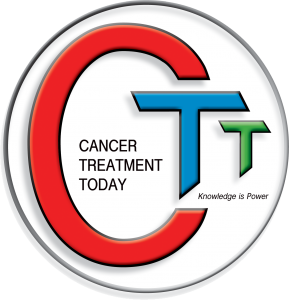Second stem cell allogeneic transplant for AML – pro
There is not much information on second allogeneic transplant for AML and for the haploidentical transplantation that only recently came into widespread use, there is even less known. American Society of Hematology reviewed this question in 2009 and concluded the following: “the decision to undergo a second transplant should be weighed against the associated co-morbidities that can contribute to transplant-related mortality, for which a reduced-intensity approach can certainly be considered, with earlier tapering of immunosuppression. With regard to the donor, under most circumstances the same donor is used, but if there is a different HLA-matched sibling or unrelated donor, this also could be considered, especially if there was no antecedent GVHD. As randomized-controlled trials are non-existent to answer the question of the role of second allogeneic transplant to treat relapse, multi-institutional observational studies were used in this mini-review to make these recommendations. Given that relapse after transplant can be a lethal situation and that select patients can remain alive and disease-free after second allogeneic transplant, we are giving our recommendations a score of 1B.17″.
A recent German study (Christopeit et al) found that They found that the second stem cell transplant produced 2-year overall survival of 25% among all patients and that donor change had neither a beneficial nor detrimental effect on overall survival.
2. If the participant does not meet medical necessity criteria for CPT codes 81371 – HLA I & II TYPE VERIFY LR, 81379 – HLA I TYPING COMPLETE HR, 81382 – HLA II TYPING 1 LOC HR, 81373 – HLA I TYPING 1 LOCUS LR, 81380 – HLA I TYPING 1 LOCUS HR, what treatment would be considered medically appropriate and/or standard of care? Please provide rationale for your determination.
Blau IW, Basara N, Bischoff M, Günzelmann S, Römer E, Kirsten D, Schmetzer B, Kiehl MG, Fauser AA, Second allogeneic hematopoietic stem cell transplantation as treatment for leukemia relapsing following a first transplant.Bone Marrow Transplant. 2000 Jan;25(1):41-5.
Monica S. Thakar and Stephen J. Forman, ASH evidence-based guidelines: is there a role for second allogeneic transplant after relapse? ASH Education Book January 1, 2009 vol. 2009 no. 1 414-418
Christopeit M, Kuss O, Finke J, et al: Second allograft for hematologic relapse of acute leukemia after first allogeneic stem-cell transplantation from related and unrelated donors: the role of donor change. J Clin Oncol. August 5, 2013
